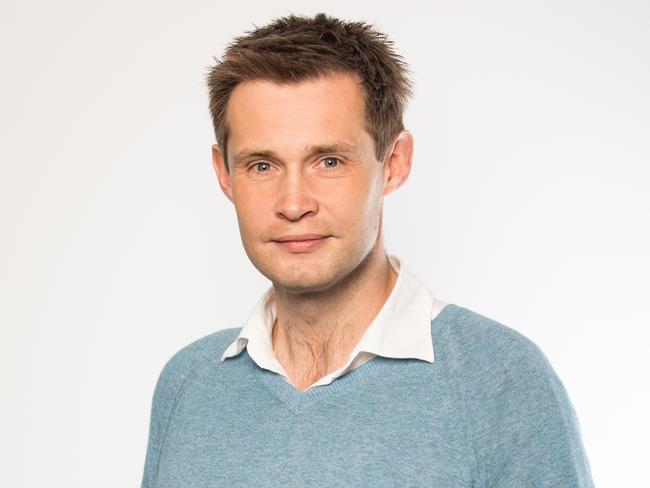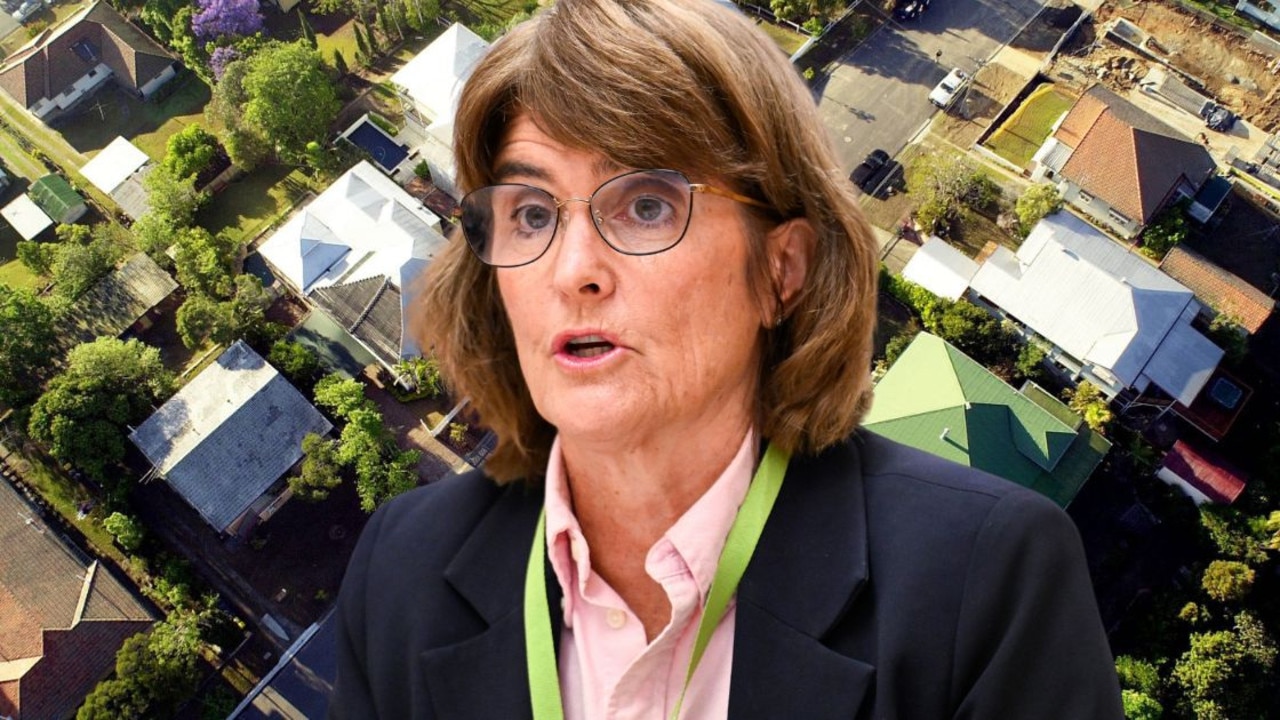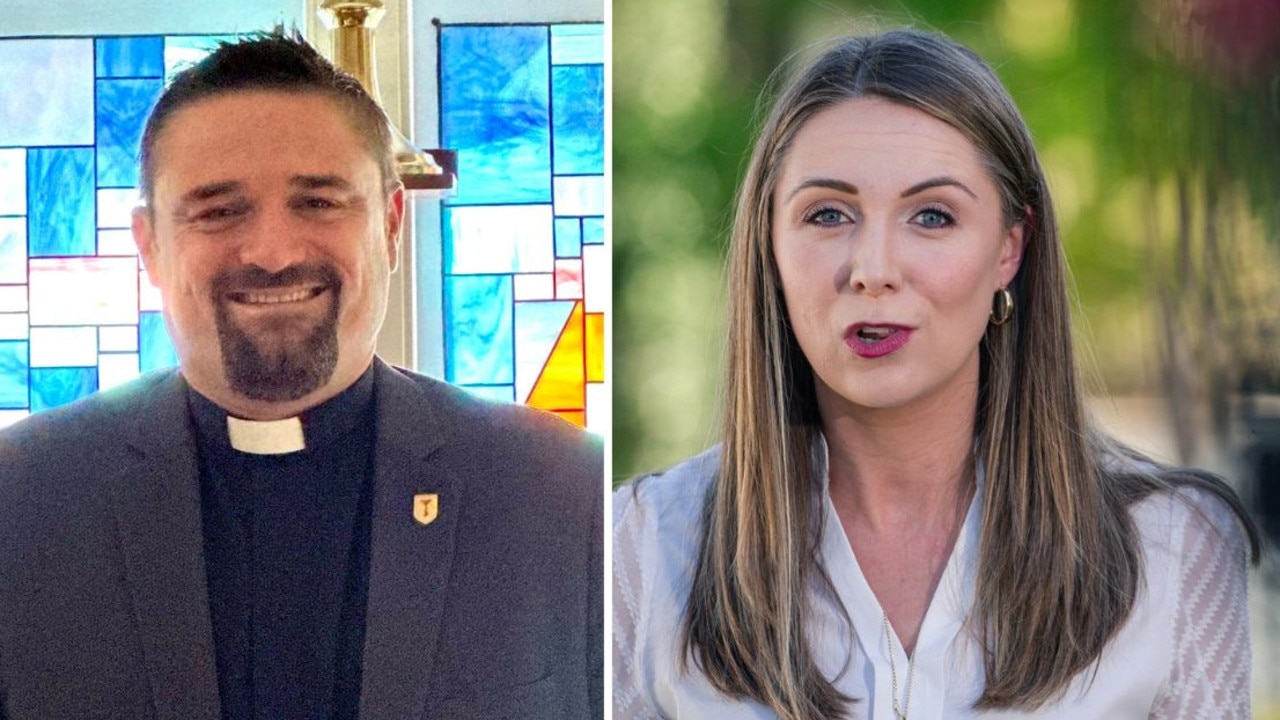Huge risk to our future mini-cities
Southeast Queensland will experience an explosion of satellite cities in the coming decades, as the region’s population surges. But there are warnings not to repeat the mistakes of current new suburbs.
CM Insight
Don't miss out on the headlines from CM Insight. Followed categories will be added to My News.
A NUMBER of masterplanned cities designed to soak up southeast Queensland’s population boom will fall short of expectations if the mistakes of recent made-to-measure suburbs across the region are repeated.
That’s the warning of Griffith University urban and environmental planning lecturer Dr Tony Matthews, who fears the proposed purpose-built cities from Logan through to the Sunshine Coast need more than just bike paths, schools, retail stores and small businesses.
Jobs, roads, infrastructure deal by July 2020
Buyers are increasing migration rates to southeast Queensland
Securing 2032 Olympic Games seen as key to fast rail
Local employment for thousands and an effective all-round public transport system are a must.
“They tend to underperform in providing local employment and that’s in the design process,” Matthews says.
“It’s one thing to provide 30,000 houses, but it’s much harder to provide 10,000 or 15,000 jobs for the employable adults within that community.”
The satellite cities will help distribute Greater Brisbane’s rapid population growth which is expected be the size that Sydneyis now by 2056, according to a Regional Australia Institute analysis.
Released this month, the RAI report shows without people moving to regional areas, Greater Brisbane’s population would nearlydouble from 2.5 million to 4.8 million by 2056.
The outer suburbs would grow from 1.9 million to 3.8 million residents.
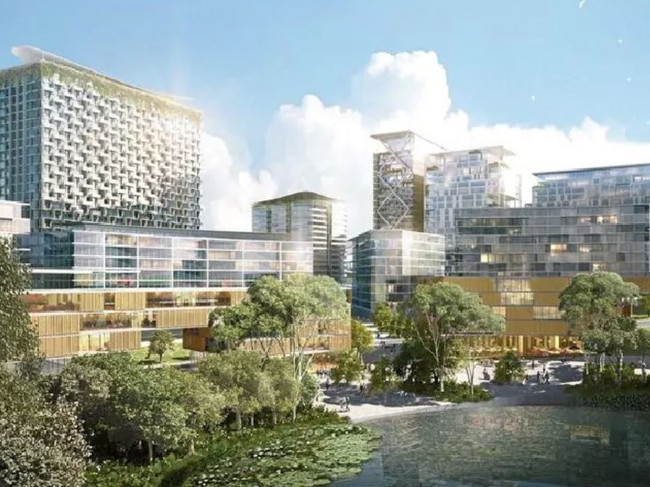
BIG NUMBERS
By 2060, up to seven masterplanned cities with more than 200,000 dwellings will be have been completed and house more than half a million residents.
They range from Caloundra South and Caboolture West in the north to Ripley Valley, Greater Flagstone, Yarrabilba and Redland Bay.
There’s also Greater Springfield west of Brisbane, the first privately built city in Australia with five suburbs, which has been a work in progress since the ’90s.
Its population hovers around 42,000, although by 2036 there will some 115,000 people calling Greater Springfield home and that’son the back of projects such as Springfield Lakes.
When completed, the Lakes alone would provide 10,000 new dwellings, and its 30,000 residents would be spoiled for choice, with a railway station at either end of the suburb.
Springfield City Group deputy chairman Bob Sharpless says that, since the land was purchased in 1992, there was always going to be a railway line, and its arrival made an immediate impact.
“Major infrastructure, including a well-connected transport system to and from the Greater Springfield city centre, was par tof that vision from day one,” he says.
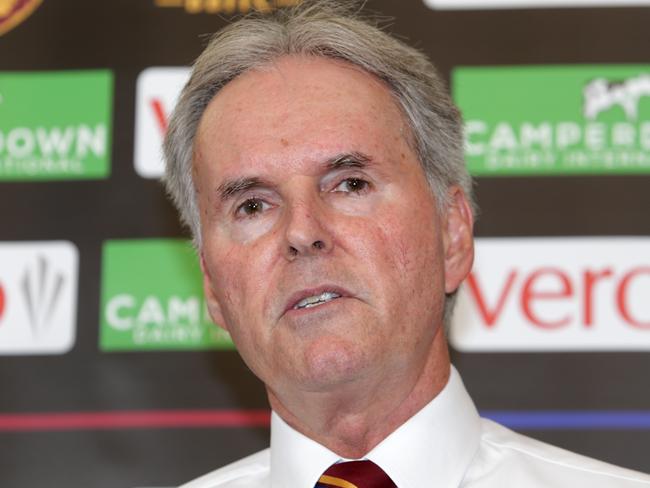
As with Greater Springfield, rail corridors and stations have been included within the masterplans to service several communities.
Ripley Valley will be a stop beyond Springfield, while Greater Flagstone is on the proposed Salisbury-to-Beaudesert line.
North of Brisbane, Caloundra South will be connected to Caboolture although there is currently only a single line north of Beerburrum.
Rail Back On Track spokesman Robert Dow predicts it would be well into in the 2030s before Caloundra South was connected to the rail network.
Caloundra South is but one stop on the proposed CAMCOS (Caboolture to Maroochydore Corridor Study) that incorporates a passenger rail service branching off at Beerwah.
“The problem with CAMCOS is that it’s still a single line north of Beerburrum, and that has to be upgraded before they even build the proposed railway line through to Maroochydore,” Dow says.
“You’re looking at a minimum of four to five years to get the upgrade, and possibly another 10 to 15 years for CAMCOS, but they should be starting now.”
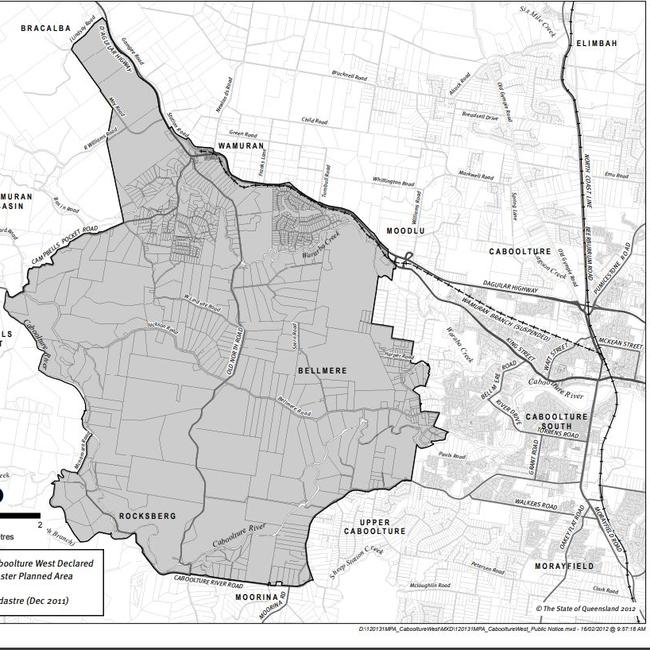
WESTSIDE STORY
And Caboolture West has its own set of problems, caused by relying on existing stations to service a proposed a community of 70,000 by 2060.
Residents would have to patronise existing Morayfield and Caboolture stations and expanding park ’n’ ride facilities is not a viable solution, Dow says.
“Caboolture West needs an electric bus rapid transit system, provided they make the roads wide enough and factor in priority lanes within the road network,” he says.
But trains alone are not a silver bullet for easing peak-hour traffic congestion and making satellite cites liveable.
In fact, they can create more problems than they solve, and North Lakes and Upper Coomera, which are both serviced by rail, are prime examples, Matthews says.
“Where they often fall down is that there is very rarely enough outside or local employment, and you can see that with North Lakes because a fair bit of traffic comes out of there each morning,” he says.
“And there is rarely enough sufficient public transport, and even if you build a railway station, you then have a lot of people within that community all driving to one destination, and that causes congestion as well.”
Without an effective feeder system to rail stations and sufficient local employment opportunities, the masterplanned cities,with their parks, bike paths and eateries, are just idyllic weekend destinations, Matthews warns.
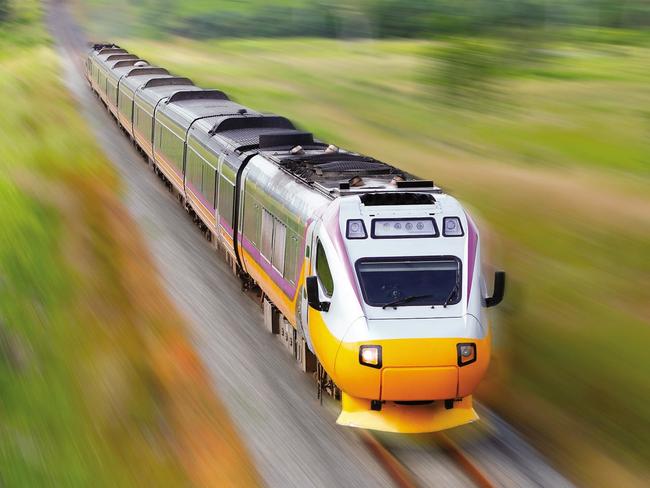
ON THE JOB
One way to make them proficient and ease pressure on public transport systems and local road networks was to have mass-scale employers on their doorsteps.
“Small businesses are not massive economic drivers, and they wouldn’t have the same employment capacity as a major factory or a large hospital or university,” Matthews says.
“When you a relying on a suburban service economy, it never provides enough jobs locally, and so people have to drive a distance to another place of employment.
“It makes a masterplanned community great for weekends, but from Monday to Friday it’s a satellite community because everybody has to use their cars to get to work or a public transport hub.”
Where some may fail in providing enough local jobs, Greater Springfield had succeeded, Sharpless says.
The area has among its businesses and service providers a Mater Private Hospital, aged and specialist suites and 11 schools.
“Our strategy has always aimed to create one job per three residents… and that is well on track,” he says.
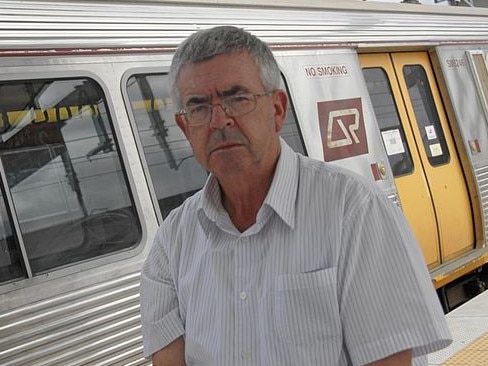
If there was one criticism of Greater Springfield, says Dow, it is that the bus network is restricted because of narrow roadsand cul-de-sacs.
He says a similar scenario could confront the Shoreline development at Redland Bay, which is a smaller but no less significant project with 3000 dwellings.
The 10,000 new residents will have to travel over 15km to reach the nearest railway station at Cleveland.
“It’s only a single line between Manly and Cleveland, so that needs to be duplicated and they’ll also need a bus rapid transit system because park ’n’ ride is not the answer,” he says.
“The more car parks you put in, the bigger the problem because it induces more local traffic and that’s why you need a highly effective feeder bus service.”
In the deep south of Greater Brisbane, a rail line will service Flagstone, although that’s at least a decade away, while the first TransLink bus route through the area will commence operations in November.
Yarrabilba, which has already has 7600 residents, won’t be so fortunate. No rail is planned there, and the closest rail station is at Loganlea.
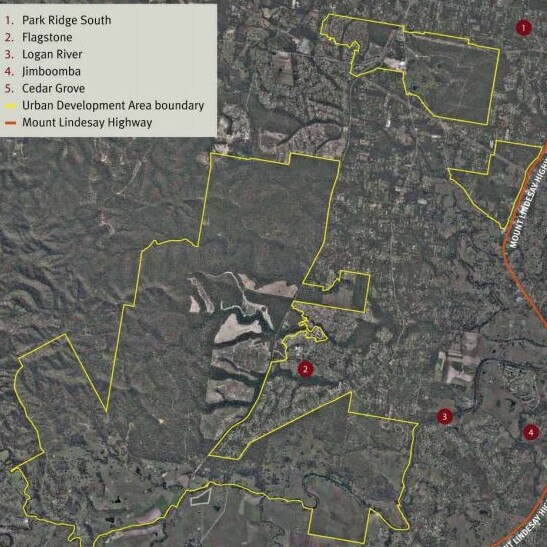
EARLY DAYS
State Transport Minister Mark Bailey says a bus network is only the first step toward delivering efficient and affordable public transport for the southeast’s new neighbourhoods. “Buses are already being rolled out in growth areas like Caloundra South and Ripley Valley to connect people to existing public transport hubs,” he says.
“As these communities grow, so too will public transport services.
“We’re already planning and preserving future rail corridors through areas like Flagstone and Ripley, to make sure high-frequency public transport can connect to these areas in the future.”
In all, Dr Matthews says challenges confronting southeast Queensland’s purpose-built cities were what all governments faced when they were trying to plan for the future.
He says masterplanned cities remain a necessity, and are the only way to adequately accommodate a booming population.
However the Government must be mindful of how the North Lakes and Upper Coomera communities unfolded, and how important local jobs are when planning for the future.
“Masterplanning developments are good in theory and can be good in practice, and often they do very well across certain lifestyle indicators, liveability and walkability,” he says.
“There’s a limit to the design process to deliver a functioning local area with a functioning local economy.
“You develop these massive communities to try and soak up as much of the population pressure as possible, and it’s just a matter of getting it right.”
